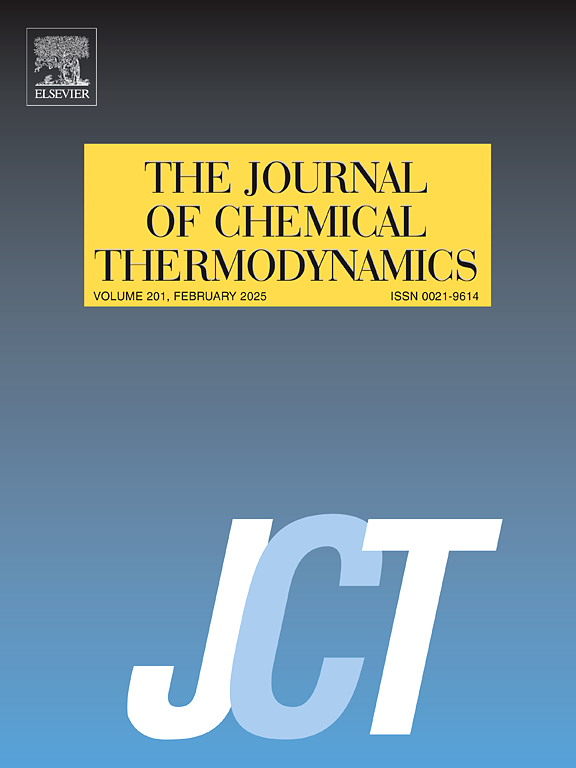Curcumin (Cur), a naturally occurring bioactive compound belonging to the polyphenol class is loaded with a variety of medicinal properties. Its poor bioavailability and suboptimal absorption within the body limit its therapeutic effectiveness which raises the thrust of the development of effective curcumin analogs. In this context, we have synthesized boron-derivatized curcumin variants of Cur, curcumin-BF2 (Cur-BF2), and iodinated-curcumin-BF2 (I-Cur-BF2) and performed a detailed biophysical and thermodynamic analysis for the interactions of the Cur and its derivatives with the carrier plasma protein human serum albumin (HSA). A combination of fluorescence spectroscopy and isothermal titration calorimetry (ITC) was employed to study the binding of Cur and its derivatives with HSA. ITC results indicated that the Cur compounds bind sequentially with HSA in a three-step manner. The binding constant in all three events for all three compounds is in the range of 104-105 mol−1·kg. ITC results also suggested that Cur and its derivatives bind to HSA with moderate affinity via a combination of electrostatic/ionic/H-bonding and hydrophobic interactions, however, the hydrophobic interactions dominate in the case of Cur derivatives. The conformational changes in HSA upon binding of Cur derivatives were studied by circular dichroism spectroscopy. Further, differential scanning calorimetry (DSC) confirms the increase in the thermal stability of HSA by Cur compounds as depicted by the increase in transition temperature (T1/2) and transition enthalpy (ΔcalH). Such qualitative and quantitative studies are essential for gaining insights into drug-protein interactions and optimization of various binding parameters for enhanced therapeutic effects.


